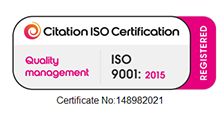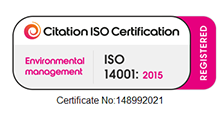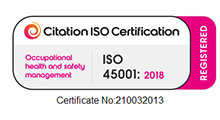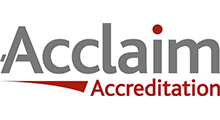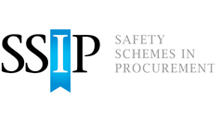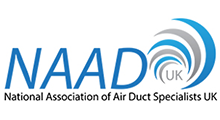What's the difference between Cleaning, Disinfecting, and Sanitising?
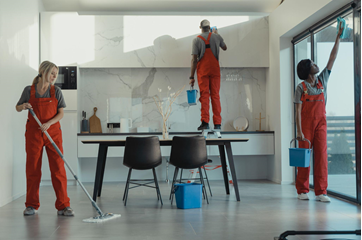
Investing the time and effort in cleaning is a given for personal and public health as well as comfort. Despite this, the type of cleaning undertaken plus the different products used will have a range of outcomes depending on the space, our needs, and context as well. In this blog post, we’re reviewing these definitions, discussing how to decide the best option for your needs, and explaining how these processes work in different settings.
Understanding the Differences Between Each Process
The first step is understanding how each process is classified then explaining what the difference is between Cleaning, Sanitising and Disinfecting.
“Cleaning should progress from the least soiled (cleanest) to the most soiled (dirtiest) areas, and from the higher to lower levels so that debris may fall on the floor and is cleaned last in a systematic manner to avoid missing any areas. Use fresh cloths at the start of each cleaning session. Discard cloths that are no longer saturated with solution.”
- Cleaning and disinfection of environmental surfaces in the context of COVID-19, World Health Organisation
What is Cleaning?
This process is focused on removing dust, soil, and debris, and the natural or environmental build-up of organic matter that includes microorganisms (germs). These germs that can carry viruses and bacteria are often protected in bodily fluids such as waste, blood, saliva, nasal discharge, sweat and so on.
Key points:
- Cleaning removes germs rather than killing them
- Cleaning is essential before beginning Disinfecting or Sanitising
What is Disinfecting?
This process removes or destroys all germs excluding bacterial spores and prions using a disinfectant product.
Factors to consider when using a disinfectant:
- Efficiency
- Concentration of Disinfectant
- Contact Time
- Shelf Life
- Presence of other Contaminants
- pH and Temperature
- Water Hardness
- Compatibility
- Health Hazards
Common Disinfectants
- Alcohol
- Chlorine
- Formaldehyde
- Glutaraldehyde
- Hydrogen Peroxide
- Iodophors
- Ortho-Phthalaldehyde
- Peracetic Acid
- Quaternary Ammonium Compounds
What is Sanitising?
Sanitising is the process of removing viruses, germs, and harmful microorganisms from any surface. Sanitisation differs from regular cleaning in that it is carried out with the primary goal of eradicating viruses, germs, and harmful bacteria, rather than simply cleaning.
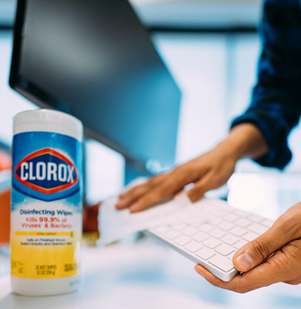
How do these affect health and hygiene?
- Lowered stress levels
Covid-19 is currently causing people all around the world to be concerned about their health and well-being. It is less likely for the coronavirus and other harmful organisms to grow in your home and endanger your health and the health of your loved ones if you have your home cleaned and disinfected.
- Reduced health care costs
Obtaining medical assistance can be costly. This is why, especially for budget-conscious homeowners, maintaining on top of one's health is critical. Sanitising and disinfecting your home are preventive actions that are extremely successful at reducing the likelihood of a health condition, ranging from food poisoning to the flu, from occurring.
- Decreased allergy flare-ups
If you or someone you love suffers from allergies, it's also a good idea to sterilise and disinfect your home regularly. This will help with typical allergies like pet dander, dust mites, mould, and mildew that can be present in the home.
- Reduced respiratory issues
Both mould and mildew are harmful to the respiratory system. If someone in the family suffers from asthma or bronchitis, the dangers of having them around become much more apparent.
- Improved home odour
You don't have to see mould or mildew to know that they're there in your home. Most of the time, simply smelling them is enough to alert you to their proximity. Your home will smell cleaner and fresher if you sanitise and disinfect it. Disinfecting and sanitising are critical procedures to take to get rid of mould and mildew, especially during spring cleaning.
When should you clean, disinfect, and sanitise?
When to Clean?
Cleaning varies depending on what needs to be cleaned, floors should be swept, countertops and cutting boards and dishes should be cleaned every day; scrubbing bathrooms, mopping dusting should be done weekly.
When to Disinfect?
Disinfecting won't be a super common part of your cleaning routine. It's more popular in medical settings because it's designed for significant messes like those involving bodily fluids. Toilets and sinks, for example, should be disinfected if they come into touch with harmful microorganisms. High-touch surfaces, such as doorknobs and faucets, should also be disinfected. Disinfectants used in excess can have negative health and environmental repercussions.
When to Sanitise?
Sanitise surfaces that don't ordinarily come into touch with harmful microorganisms or that can be cleaned without the use of harsh chemicals. Cooking tools and children's toys, for example, are the finest items to sanitise because you don't want them to come into contact with harsh chemicals.
Clean often, then disinfect high-touch surfaces—such as kitchen and bathroom counters, fridge handles, remote controls and your cell phone—daily
And don't forget to disinfect other frequently used items such as:
- Purses and wallets, including the cards you used inside
- Appliances, including handles and buttons
- Light switches
- Railings
- Doorknobs
Remember to wash your hands before and after you disinfect your home.
Sterilisation
To prevent disease transmission related to the usage of an object, sterilisation eliminates all microorganisms on the surface of the item or in the fluid. While using insufficiently sterilised critical things poses a substantial risk of disease transmission, documented pathogen transmission linked to an improperly sanitised critical item is extremely rare.
The idea of "sterility" is defined as the likelihood of sterility for each item to be sterilised. This probability is known as the product's sterility assurance level (SAL), and it is defined as the likelihood of finding a single viable bacterium on a product following sterilisation.
Sterilisation Methods
- Steam Sterilisation
- Flash Sterilisation
- Low-Temperature Sterilisation Technologies
- Ethylene Oxide “Gas” Sterilisation
- Hydrogen Peroxide Gas Plasma
- Peracetic Acid Sterilisation
- Microbicidal Activity of Low-Temperature Sterilisation Technologies
- Bioburden of Surgical Devices
- Effect of Cleaning on Sterilisation Efficacy
- Other Sterilisation Methods
- Sterilising Practices
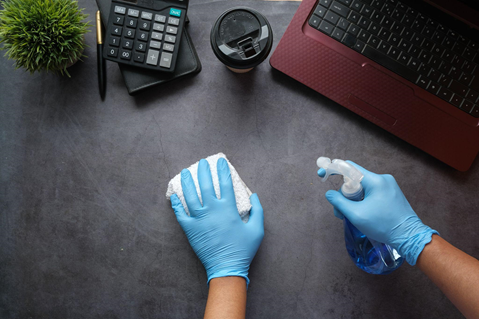
What are the typical cleaning methods for public buildings including offices?
Dust - Use a damp microfiber cloth to wipe down all surfaces. Remove your papers, file folders, calendars, stapler, and other objects so you can wipe down your desk. Don’t overlook areas like power strips behind your desk, fan blades, windowsills, the top of your monitor or the tops of picture frames.
Vacuum - Work top to bottom. You should alternate between the upholstery brush, narrow attachment, and carpet attachment to thoroughly vacuum each and every surface on your desk and in your office. Pay attention to the areas you dusted and vacuum up any loose dust the cloth didn’t capture.
Disinfecting Offices
Before disinfecting your facility, make sure that the workspaces are clean and clear so that the cleaning agents can do their job properly. Immediately after disinfecting the offices, make sure that the disinfectant has been applied to the things that are frequently handled by multiple personnel.
- Use a one-way wipe down
- Practice colour-coded cleaning
- Know what chemicals can do
- Tech disinfects
- Heavily promote handwashing
Sanitising Offices
Aim to sanitise high-touch points such as desk phones, keyboards, and mice once a day.
Sanitising your keyboard regularly can prevent it from becoming a health hazard. Some keyboards allow you to remove individual keys, giving you access to the areas where most of the dirt gathers for a deep clean.
Use a cloth treated with an alcohol-based cleaning agent to gently sanitise the surface of the mouse, desk phone and headphones/headset paying particular attention to where bacteria from fingers tend to collect.
Now wipe down the outside surfaces and the keyboard using a microfiber cloth lightly dampened with an alcohol-based sanitiser This will gently lift off any accumulated grime deposited by your fingers over time.
Decontamination Life Cycle
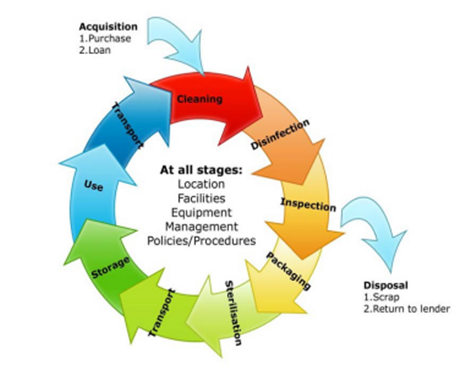
(Source - HSE)
“Basic workplace hygiene awareness combined with critical cubicle and hand hygiene products is the first and last line of defence for minimising the constant threat of cross-contamination from the bathroom and other commonly used workplace areas.”
- Deon Lubbe, Technical Hygiene Expert at Initial
We're committed to your privacy. Find out more.





